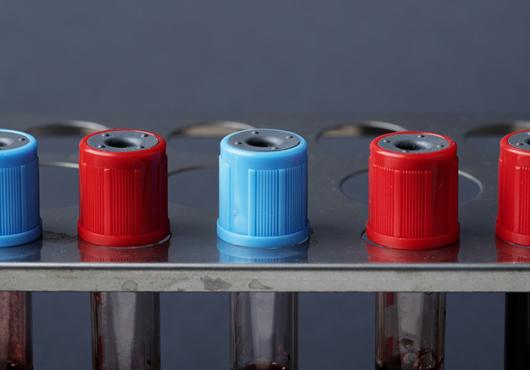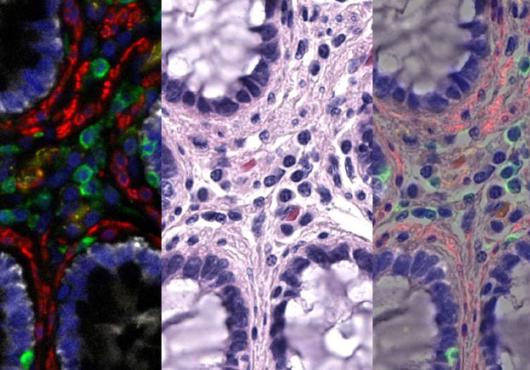
We’ve all felt the effects of an adrenaline rush. Faced with danger, real or perceived, the heart beats faster, breathing quickens and muscles tighten as the body prepares to fight a threat or flee from it.
The role of adrenaline in triggering the fight-or-flight response is one of the most well-studied phenomena in biology. However, the precise molecular mechanisms for how the hormone stimulates cardiac function have remained unclear.
Now, researchers from Harvard Medical School and Columbia University have solved the long-standing mystery of how adrenaline regulates a key class of membrane proteins—voltage-gated calcium channels—that are responsible for initiating the contraction of heart cells.
Using a technique known as proximity proteomics, the team discovered that under normal conditions, a protein called Rad dampens the activity of calcium channels. When heart cells are exposed to a drug mimicking adrenaline, Rad releases from the channel, leading to greater activity and stronger beating of the heart.
The findings, published in Nature on Jan. 22, provide a mechanistic description of how adrenaline stimulates the heart and present new targets for cardiovascular drug discovery.
In particular, the authors say, the results could open new paths for the development of drugs as effective as, but potentially safer than, beta-blockers—a widely prescribed class of medications that block the effects of adrenaline to address cardiovascular issues such as high blood pressure.
“Under normal circumstances, calcium channels in the heart work efficiently, but they have a handbrake on in the form of the protein Rad,” said Marian Kalocsay, instructor in systems biology and director of proteomics in the Laboratory of Systems Pharmacology at HMS and co-corresponding author with Steven Marx, professor of medicine at Columbia University Vagelos College of Physicians and Surgeons.
“When we need full power, adrenaline releases this handbrake so that these channels open faster and give the boost needed to fight or flee from danger,” Kalocsay said.
The findings, the authors noted, yield insights that could be of interest for researchers in other fields, especially neuroscience, as voltage-gated calcium channels play a central role in neuronal excitation.
Missing link
As a primary driver of cardiac function, voltage-gated calcium channels are embedded in the membranes of cardiomyocytes—the cells that constitute heart muscle. These channels open and close to control the flow of calcium ions into the cell. When open, the influx of calcium initiates heart contraction.
Adrenaline stimulates voltage-gated calcium channels by activating a protein known as PKA, which in turn activates the channel. It was thought for decades that PKA does this by altering specific regions on the channel known as PKA phosphorylation sites, but a growing body of evidence indicated that this hypothesis was incorrect.
In the current study, the team genetically engineered mice with cardiomyocytes lacking PKA phosphorylation sites. They found that modified cells continued to respond when stimulated by an adrenaline-like drug, suggesting the presence of an unknown factor.
The researchers turned to proximity proteomics, a technique that allowed them to identify nearly every protein located near voltage-gated calcium channels, at a distance of around 20 nanometers, or 10 times the width of a strand of DNA. They profiled proteins in both mouse cardiomyocytes and intact, functional mouse hearts, before and after exposure to an adrenaline-like drug.
Proximity proteomics, animated. Video: Stephanie Dutchen/Rick Groleau





